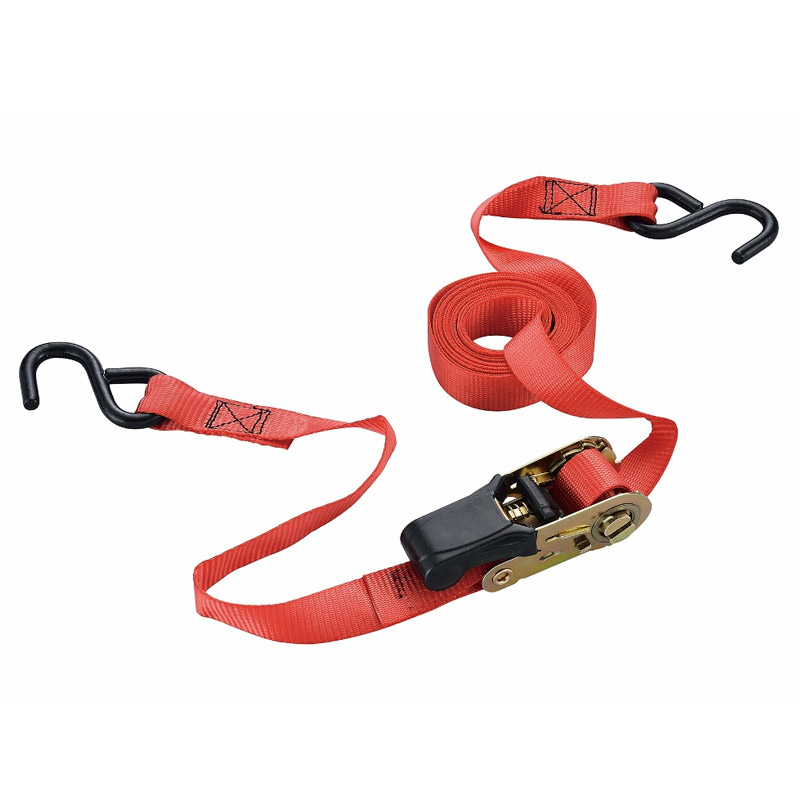double end threaded stud with wrench flats
Understanding Double End Threaded Studs with Wrench Flats
Double end threaded studs are essential components in various industries, particularly in construction and mechanical applications. These fasteners are designed with threads on both ends, allowing them to be inserted into two different parts while providing a strong hold. The inclusion of wrench flats on these studs enhances their functionality and ease of use, making them a popular choice among engineers and technicians.
What Are Double End Threaded Studs?
A double end threaded stud is a type of fastener that features threads extending from both ends of a cylindrical body. This design allows for versatile applications, as the stud can secure components from both sides. Typically made from durable materials such as stainless steel, carbon steel, or alloy steel, these studs are capable of withstanding significant tensile and shear forces. Their design is straightforward, yet they play a critical role in ensuring connections are secure and reliable.
The Importance of Wrench Flats
Wrench flats are flat sections machined into the body of the stud, providing a surface for gripping with a wrench or pliers. This feature is particularly beneficial when it comes to the installation and removal of the stud. Without wrench flats, it would be difficult to apply sufficient torque without risking damage to the stud or the components it is securing.
Wrench flats also help to prevent slippage during installation. When a stud needs to be tightened, applying torque directly to the wrench flats allows the technician to maintain a secure grip on the stud while turning. This is especially important in applications where precision and tightness are critical, such as in structural connections or in assembling machinery where any loosening could lead to failure.
double end threaded stud with wrench flats

Applications of Double End Threaded Studs
Double end threaded studs with wrench flats are widely used in various fields. In construction, they serve as anchor bolts for securing structural elements like beams and columns. In mechanical systems, they are often found in assemblies where components need to be clamped together. For instance, they can be used in engine mounting systems, transmission housings, and various appliances.
Aerospace industries also utilize these studs due to their lightweight yet robust nature, which is essential for high-performance applications. Additionally, they are commonly used in furniture assembly and other applications where a strong, easily adjustable connection is necessary.
Installation Tips
When installing double end threaded studs with wrench flats, it’s essential to follow best practices. First, ensure that the threads are clean and free from debris to avoid cross-threading. Use a proper lubricant if necessary to facilitate easy tightening and to prevent galling of the threads. When applying torque, utilize the wrench flats to achieve the desired tightness without overtightening, which could lead to stripping the threads.
In conclusion, double end threaded studs with wrench flats are a vital part of modern engineering and construction practices. Their design provides reliability, ease of use, and versatility, making them an indispensable tool for various applications. Understanding their properties and proper installation techniques can enhance the performance of any assembly, ensuring safety and durability in every project.
-
Weatherproof Plastic Expansion Anchors for OutdoorNewsJun.06,2025
-
Sustainability in the Supply Chain: Eco-Friendly TEK Screws ProductionNewsJun.06,2025
-
Load-Bearing Capacity of External Insulation FixingsNewsJun.06,2025
-
Double Head Bolts: Enhancing Efficiency in Industrial MachineryNewsJun.06,2025
-
Corrosion Resistance in Chipboard Screws: Coatings for Wholesale DurabilityNewsJun.06,2025
-
Butterfly Toggle Bolts : Enhancing Structural ResilienceNewsJun.06,2025
